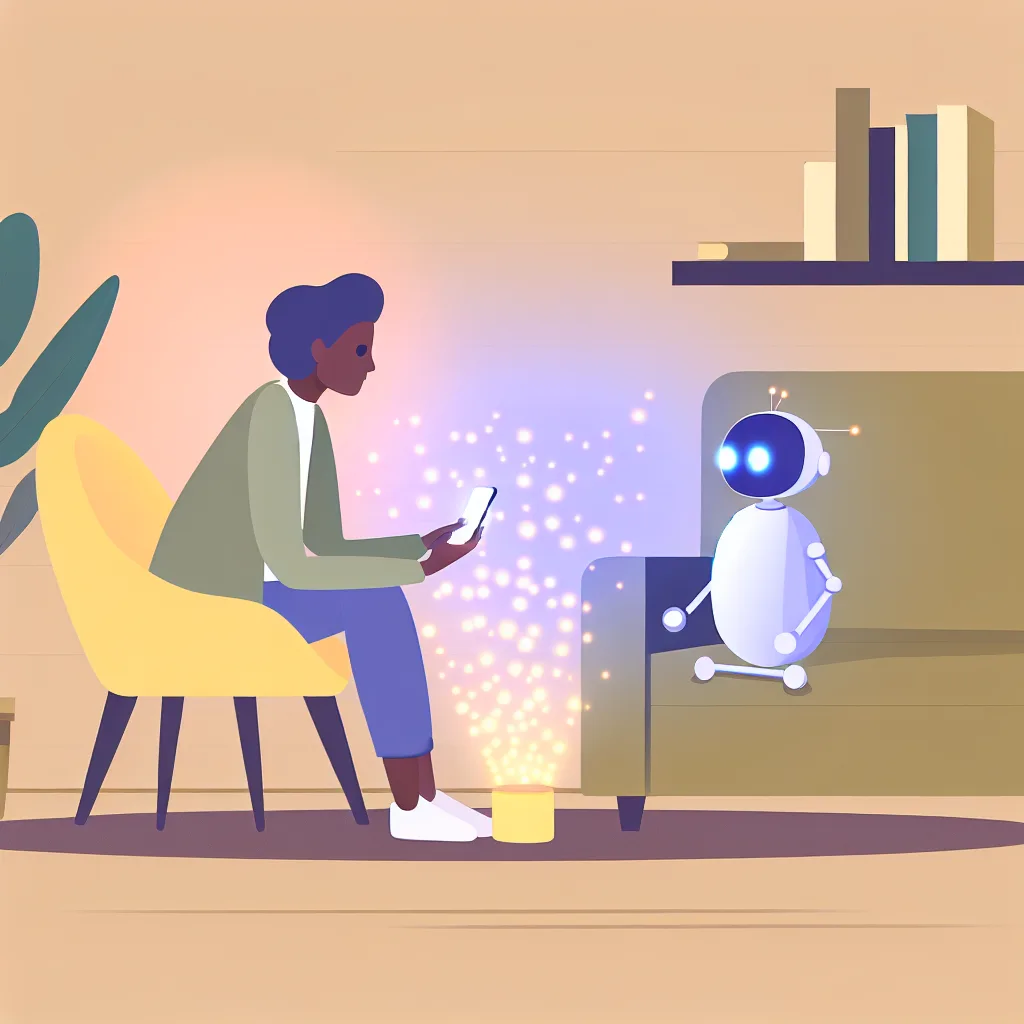Exploring how AI tools impact mental health support and where genuine human connection fits in
These days, AI and mental health are becoming topics we hear more and more about. With chatbots and digital apps offering emotional support, it’s natural to wonder: what does this mean for traditional therapy? Can technology really help us understand and manage our feelings, or does it risk creating a false sense of healing?
I’ve been thinking about this a lot lately, especially as more people turn to automated tools for mental health guidance. The appeal is clear. AI-powered chatbots or apps are easy to access, often anonymous, and available at any hour. They can offer quick responses, coping strategies, or just a listening ear when a professional therapist isn’t available. But what happens when those digital tools become the main source of support?
Why AI and Mental Health Support Make Sense
AI tools can lower barriers to getting help. For people who might feel nervous about opening up to another person, these tools feel safer. Plus, they can introduce basic therapeutic ideas in a user-friendly way, guiding users through mindfulness exercises or cognitive techniques. According to Mental Health America, these tools can act as a bridge to more formal care for some.
And the scalability is impressive. AI doesn’t get tired, doesn’t judge, and can serve many people simultaneously. This means potentially more people get basic emotional support who otherwise might go without.
The Downsides: Can AI Replace Human Empathy?
But here’s the thing: therapy isn’t just about techniques or advice. It’s about human connection, empathy, and understanding nuances in a way AI still can’t fully replicate.
Sometimes, a chatbot’s response can feel generic or miss the emotional depth of what someone is really going through. There’s a risk that relying too much on AI could lead to people feeling isolated, or worse, mistaking AI as a full replacement for professional help. In fact, The American Psychological Association points out that AI should complement, not replace, human mental health care.
Finding a Healthy Balance Between Tech and Therapy
Looking ahead, I think the key is balance. AI and mental health tools can be a valuable first step or a supplement, but they shouldn’t be the only option. What we need is thoughtful integration — using AI to increase accessibility but encouraging human connection when deeper support is needed.
For example, some services blend AI chatbots with real therapists, offering a hybrid model that combines the best of both worlds. Or apps that remind users to check in with their human providers regularly.
What This Means for Mental Health Care’s Future
The rise of AI in mental health care is exciting but also challenging. It invites us to rethink how we define support, therapy, and healing. It pushes us to innovate without losing sight of the warmth and empathy that come from human interaction.
I’m curious about your take: How do you feel about AI as part of mental health care? Can tech truly support us emotionally, or does it risk oversimplifying something complex?
For more insights on AI and mental health, you might explore Psychology Today’s coverage or check out NAMI’s resources on digital mental health.
At the end of the day, the goal is clear — everyone deserves support that’s accessible, effective, and grounded in real understanding. AI can help us get there, but it’s the human touch that will always matter most.
